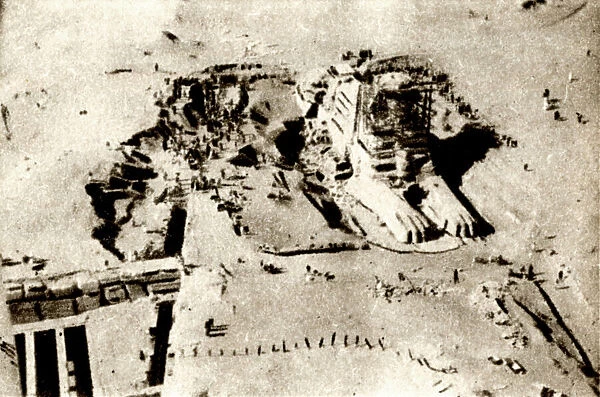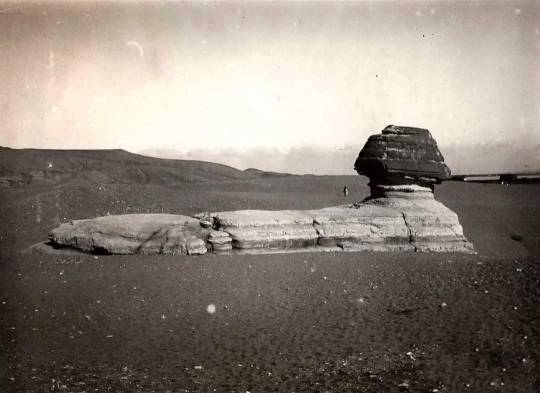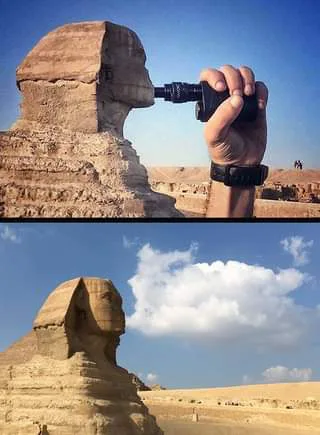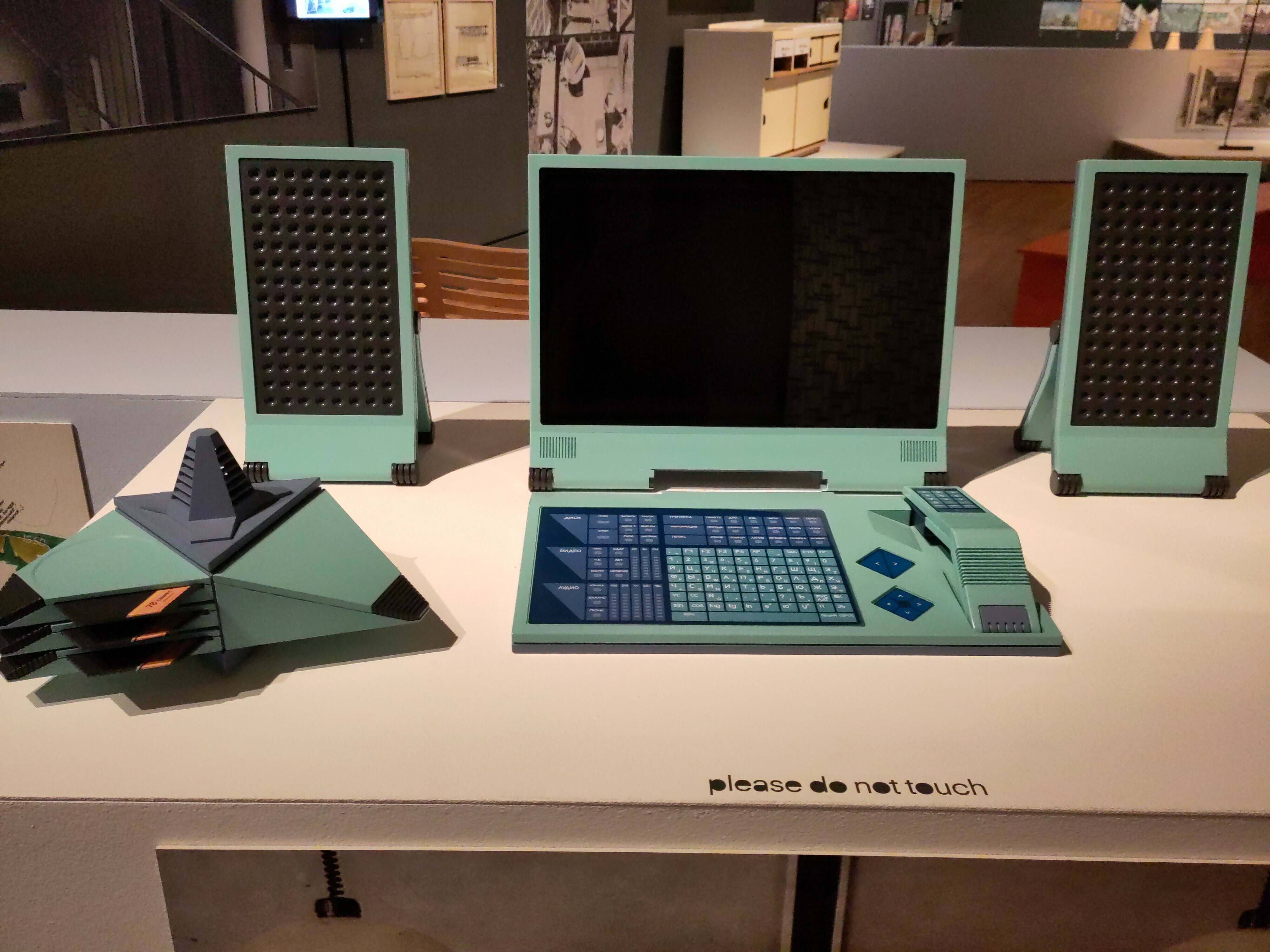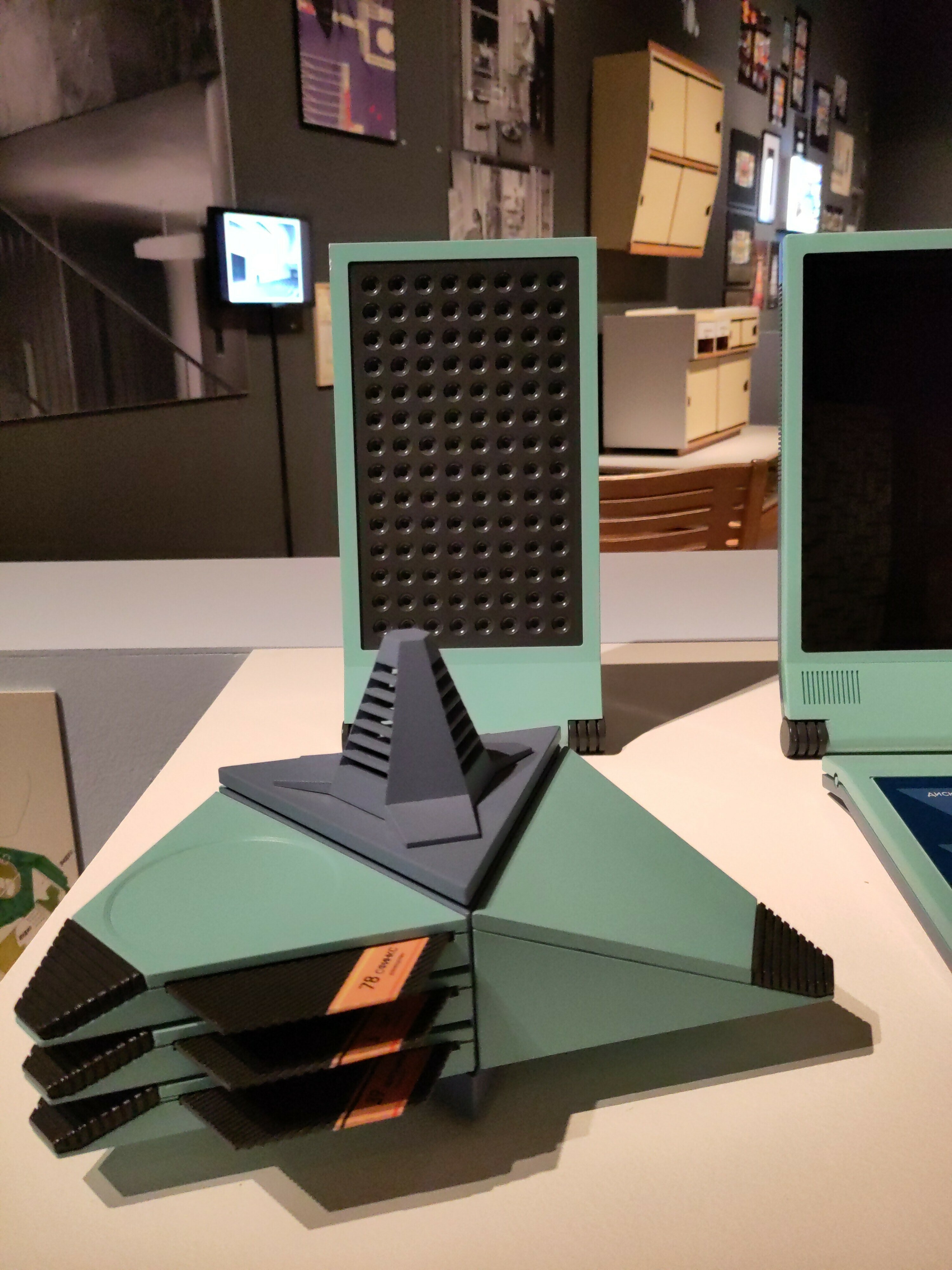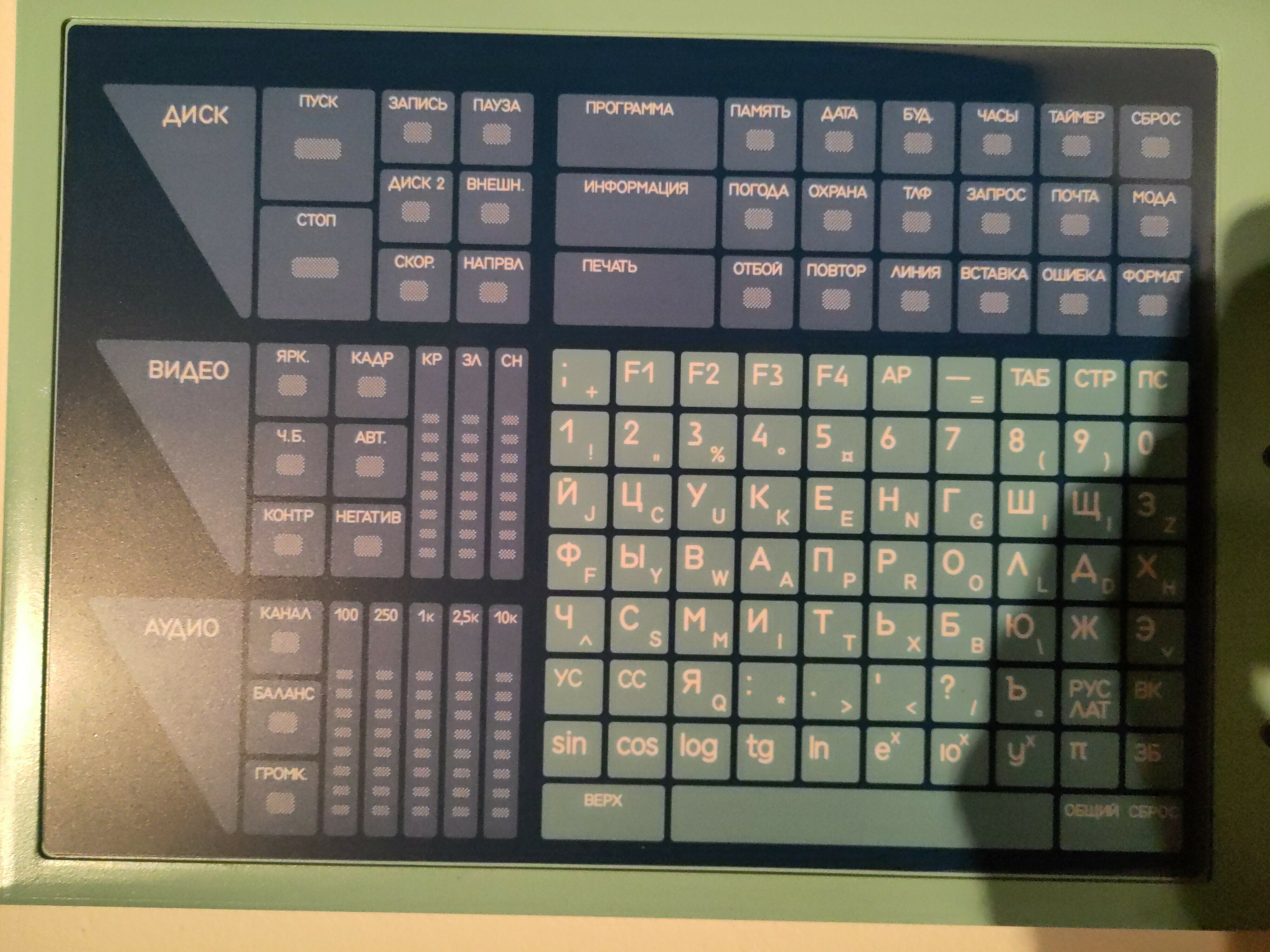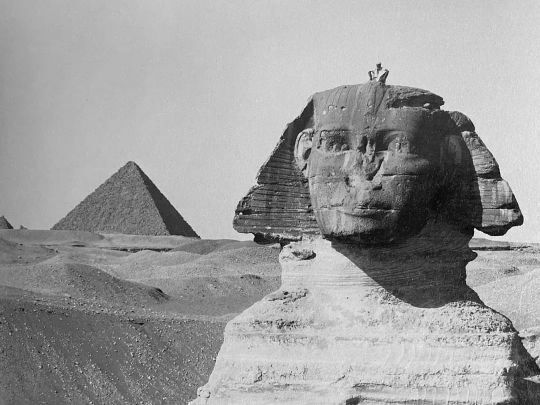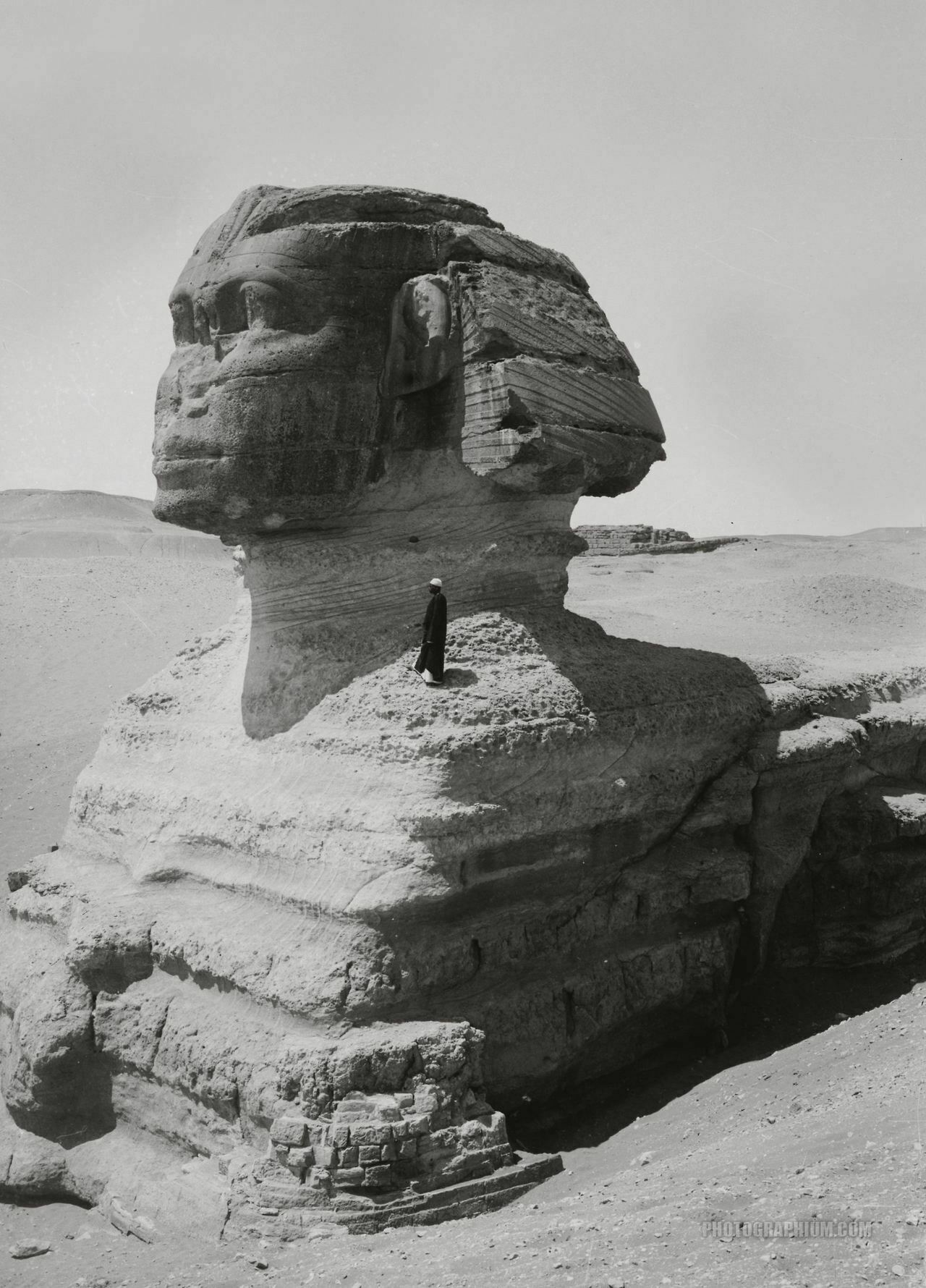3 Likes
#sphinx
3 Likes
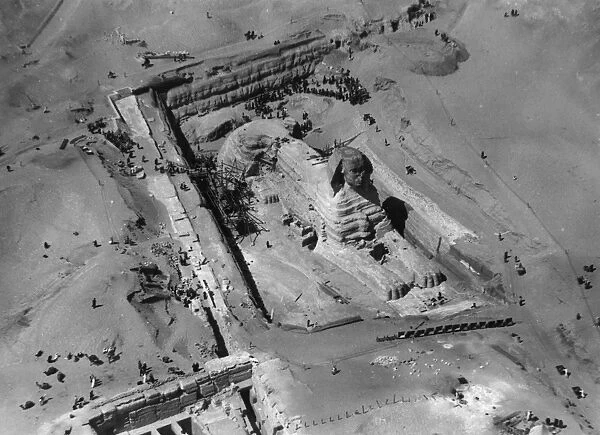
The Great #Sphinx #anubis , #Giza, #Egypt - aerial #photograph. Note the site is still being excavated at this stage. Date: circa #1930s
https://www.prints-online.com/great-sphinx-giza-egypt-11579425.html
2 Likes
1 Comments
2 Likes
Jo Hedwig Teeuwisse räumt in ihrem unterhaltsamen und gut recherchierten Buch mit zahlreichen Mythen und Missverständnissen der Geschichtsschreibung auf. Eine Rezension
Jo Hedwig Teeuwisse entlarvt in ihrem unterhaltsamen und gut recherchierten Buch 101 vermeintlich historische Fakten als Mythen. Eine Rezension (Rezension zu Fake History – hartnäckige Mythen aus der Geschichte von Jo Hedwig Teeuwisse)#Geschichte #Geschichtsschreibung #Mythos #Mythen #Legende #Alternativehistory #Mittelalter #Historie #Napoleon #Sphinx #QueenElizabeth #Rom #Kultur #PsychologieHirnforschung
»Fake History – hartnäckige Mythen aus der Geschichte«: Von wegen Napoleon war klein
#Earth #Ancients - Bill Brown & Trevor Grassi: The #Secret #Underworld of #Giza
1 hour 44 minutes - Posted Apr 13, 2024
SHOW NOTES
Trevor Grassi is an independent researcher studying prehistoric evidence of advanced civilizations, focusing on the Great Pyramids, #Sphinx, and the underground of Giza. He's visited over a dozen countries and over a hundred pyramids, temples, and sacred sites. He's studied megalithic stonework, mythology, astrology, math, and geometry of ancient cultures in an attempt to reconstruct the 'sacred sciences' of the last Golden Age, and he has written a book series that is soon to be published and is currently working on a long format documentary series with Bill Brown, called 'The Secret Underworld Of Giza'.
William (Bill) Brown is a retired civil engineer turned Gizatologist, who has spent the last 20 years investigating the mysteries of the Giza Plateau. He has been deep underground at Giza many times and in many locations. Bill has also carried out ground penetrating radar scans at many sites at Giza as well as at the Hawara #Labyrinth site in the Fayoum Oasis. He has made many discoveries at both sites. He is currently leading a project attempting to excavate and access many underground chambers and tunnels at Giza with the IRGE (International Research Group, Egypt) and Mission Pharaoh, an international collection of foundations supporting his work.
For notifications about the series (and referenced documents listed in the description), subscribe to the channel and watch Part One here:
Source: https://youtube.com/watch?v=O6o77G5Najg
3 Likes
7 Likes
This video contains historical images of #Egypt in the 1800's. You can tell they've done a lot of work to display the sites for tourists.
01/09/24 (10:27)
Source: https://youtube.com/watch?v=Vh8n91ov6ig
Quote Some of the Oldest Photos of Egypt, before the restoration of Egyptian Temples, before unburying the Sphinx, and before Mcdonalds and Pizza Hut popped up in Giza 😉
Ancient Egypt was an incredible place and a really important part of humanity's history, so it's a pleasure to bring you this research and I hope you enjoy each of these historical pictures.
You'll see rare and historic images of Egyptian #Temples, the Egyptian #Pyramids, the #Giza Plateau, the Great #Sphinx and #ncient Egyptian #Statues and Artifacts. Kudos to the Archaeologists who spent the painstaking time to reconstruct this era of Ancient #History into what we see today, block by block, piece by piece.
1 Shares
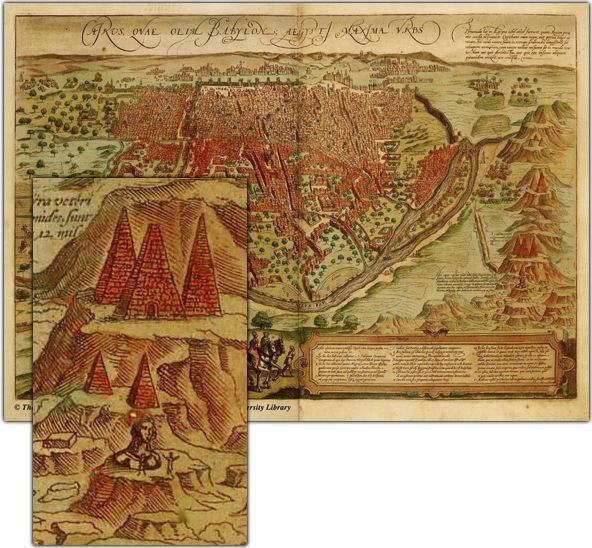
#MAP OF #CAIRO, #1575
#Hidden #beneath the #desert #sand is the fact that the #Sphinx and the #pyramids are standing on the stump of a #giant #ancient #tree.
the keystone of the #Great #Pyramid is simply... missing.
Who removed it and why, and, more importantly, what happens if you put it back in place?
https://twitter.com/andtartary2/status/1669523210604347392
MAP OF CAIRO, 1575
— @AndTartary and antiquity (@andtartary2) June 16, 2023
Hidden beneath the desert sand is the fact that the Sphinx and the pyramids are standing on the stump of a giant ancient tree. pic.twitter.com/rEAAQuNeoa
2 Likes
3 Likes
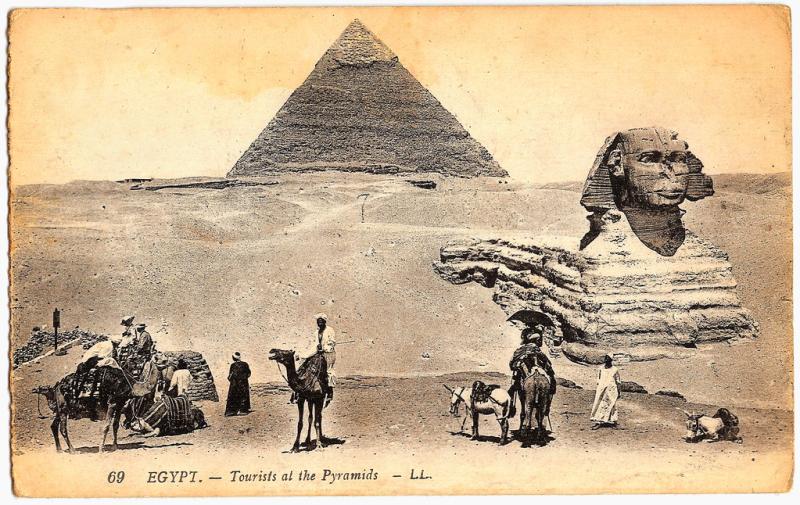
#Egypt - The #Great #Sphinx. And the Great #Pyramid of #Giza.
The Postcard
A postally unused carte postale that was published by L.L. The card has a divided back.
The Great Sphinx of Giza
The Great Sphinx of Giza is a limestone statue of a reclining sphinx, a mythical creature with the head of a human, and the body of a lion.
Facing directly from west to east, it stands on the Giza Plateau on the west bank of the Nile. The face of the Sphinx appears to represent the pharaoh Khafre.
The original shape of the Sphinx was cut from the bedrock, and has since been restored with layers of limestone blocks.
It measures 73 m (240 ft) long from paw to tail, 20 m (66 ft) high from the base to the top of the head, and 19 m (62 ft) wide at its rear haunches.
Its nose was broken off for unknown reasons between the 3rd. and 10th. centuries AD.
The Sphinx is the oldest known monumental sculpture in Egypt, and one of the most recognisable statues in the world.
The archaeological evidence suggests that it was created by ancient Egyptians of the Old Kingdom during the reign of Khafre (c. 2558 - 2532 BC).
The Great Sphinx's Name
The commonly used name "Sphinx" was given to the monument in classical antiquity, about 2,000 years after the commonly accepted date of its construction by reference to a Greek mythological beast with the head of a woman, a falcon, a cat, or a sheep and the body of a lion with the wings of an eagle. (Although, like most Egyptian sphinxes, the Great Sphinx has a man's head and no wings).
The English word sphinx comes from the ancient Greek Σφίγξ from the verb σφίγγω (meaning to squeeze in English), after the Greek sphinx who strangled anyone who failed to answer her riddle.
History of the Great Sphinx
The Sphinx is a monolith carved from the bedrock of the plateau, which also served as the quarry for the pyramids and other monuments in the area.
Egyptian geologist Farouk El-Baz has suggested that the head of the Sphinx may have been carved first, out of a natural yardang, i.e. a ridge of bedrock that had been sculpted by the wind. These can sometimes achieve shapes which resemble animals.
El-Baz suggests that the "moat" or "ditch" around the Sphinx may have been quarried out later to allow for the creation of the full body of the sculpture.
The archaeological evidence suggests that the Great Sphinx was created around 2500 BC for the pharaoh Khafre, the builder of the Second Pyramid at Giza. The stones cut from around the Sphinx's body were used to construct a temple in front of it.
However, neither the enclosure nor the temple were ever completed, and the relative scarcity of Old Kingdom cultural material suggests that a Sphinx cult was not established at the time.
2 Likes
https://www.reddit.com/r/Archaeology/comments/ri7a0/1860_sphinx_photo_shows_the_brick_feet_are_not_a/
#1860 #Sphinx #photo shows the brick feet are NOT a modern
4 Likes
1 Comments
6 Likes
15 Likes
4 Comments
1 Shares
The #Sphinx, #GobekliTepe, #Ancient #Catastrophes - #Dr. Robert Schoch
Source: https://youtube.com/watch?v=iqBuUD0f2HU
One person like that
1 Comments
5 Likes
6 Likes
1 Comments
Suchen ab sofort eine:n Entwickler:in mit Schwerpunkt PHP und Datenbanken in Vollzeit
Die #taz war die erste online lesbare #Tageszeitung Deutschlands. Sie bietet nach wie vor alltäglich die Möglichkeit, Dinge anders zu machen und ist immer noch #Konzern - #unabhängig.
Willst Du mit uns die zunehmend digitale #Zukunft des #Journalismus gestalten? Wir bieten ein kooperatives #Umfeld, das Raum für #Weiterentwicklung und #Kreativität lässt, aber auch strategisches #Denken erfordert und die Bereitschaft, alltägliche Probleme auch eigenverantwortlich zu lösen.
Wir suchen zeitnah ein:e Kolleg:in mit praktischer #Berufserfahrung in der #Softwareentwicklung. Es geht hierbei nicht um Webentwicklung, sondern um die #Aufbereitung und #Bereitstellung unserer #Verlagsprodukte für unsere #Apps, als #ePaper in verschiedenen Formaten und für unsere #Syndikationen.
Existierende #Softwareprojekte sollen übernommen werden - dies beinhaltet #Pflege, #Fortentwicklung und die #Dokumentation. Es sollte #Bereitschaft bestehen, sich in verschiedenartigen #Fremdcode einzuarbeiten. Wir wünschen uns #Offenheit für #Altes und #Neues gleichermaßen. Ferner solltest Du es gewohnt sein, mit #GIT und #Debian - Paketen zu arbeiten.
Von unserer Seite gefragt sind außerdem:
- Erfahrung mit #PHP. Ein Bewusstsein über die Notwendigkeit von #Typensicherheit ist notwendig
- Wissen, worauf es bei relationalen #Datenbanken (insb. #mariaDB) ankommt
- Verständnis für das Arbeiten mit #Volltext-Retrieval. Erfahrungen mit #Sphinx wären hilfreich
- Erfahrungen mit #GraphQl und #REST sowie die Kommunikation via #AMQP
- Das Umgehen mit #DOM und #XML, auch ausserhalb von #Web
- Grundlegende Kenntnisse der für Web-Applikationen nötigen Standards (XSLT, CSS, JS, JSON, HTTP)
- Verständnis für die Besonderheiten des #Webviews innerhalb der Apps
- Das Arbeiten in einer #Linux - Serverumgebung, dazu gehören auch #Bash - #Scripte und #Systemkonfigurationen
- Arbeiten mit #Redmine als Wiki für die #Dokumentation und als #Ticket-System
- Die Generierung von Debian-Paketen, vorzugsweise mit #Jenkins und #mini-buildd, sollte zum Alltag gehören
Wenn Du Lust darauf hast, in einem nach wie vor #politisch motivierten Umfeld als Teil des #EDV - Entwickler:innen-Teams auch #abteilungsübergreifend mit vielfältig interessanten Menschen, mit #Produktentwicklung, EDV, #Redaktion und #Verlag zusammenzuarbeiten, melde Dich. Bei der taz bieten wir nicht nur ein kollegiales Arbeitsumfeld, sondern auch familienfreundliche #Arbeitszeiten (flexible 36,5h/Woche, remote-Arbeit aktuell bis auf Weiteres aufgrund von Corona erwünscht, auch danach ist #Home-Office möglich, 30 Tage Urlaub) - es gibt ein ordentliches (und subventioniertes) Mittagessen im taz-Kantine.
Wir wollen diverser werden. Deshalb freuen wir uns besonders über Bewerbungen von People of Color und Menschen mit Behinderung. Deine Perspektiven sind uns wichtig und sollen in der taz vertreten sein. Die Arbeitsplätze und Toiletten sind weitestgehend barrierefrei. Das taz-Café ist mit dem Rollstuhl erreichbar.
Schicke uns deine Bewerbung und zeige uns, welche Kenntnisse und Erfahrungen Du gerne bei der taz entfalten würdest.
Es handelt sich um eine volle unbefristete Stelle ab taz-Lohngruppe 6. Arbeitsaufnahme zum nächstmöglichen Zeitpunkt. Schreibe uns gerne, ab wann Du einsteigen könntest und richte Deine Bewerbung an appjob@taz.de
2 Likes
1 Shares

Egyptian Sphinx on the Neva Embankment
There are 12 sphinx statues in Saint Petersburg. The most famous are two ancient Egyptian sphinxes that are located on the University Embankment in front of the Academy of Arts. They are really Egyptian and some 3500 years ago could be found standing on the Alley of Sphinxes in front of the tomb of Pharaoh Amenhotep III.
The sphinxes discovered by French archaeologist were supposed to decorate the shores of Seine in Paris but in the end were sent to Russian emperor Nicholas I straight from Alexandria.
One person like that
